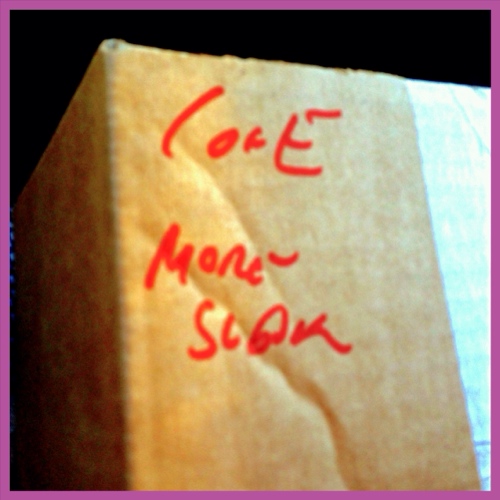Astrology and Shakespeare’s Characters
“Since the novelist is himself a human being there is an affinity between him and his subject matter which is absent in many other forms of art.”
Listening to certain Shakespeare lectures, sometimes more than once, I finally snagged a serious moment out the mess of academic meanderings. Enobarbus, Thersites, Touchstone, and, according to the critic, even Falstaff — all of these are purely characters, borne of the author’s imagination, and really, with no basis in the historical sources usually cited for Shakespeare’s works. With that noted, consider then, the historical tales, or stories with roots in some history, the Fool in King Lear, for example, as an integral part of telling the story — it’s part of the play.
In historical plays, or plays with historical antecedents, the made-up character provides the best kind of narrator, not limited to just verifiable, historical fact. Consider it a humanizing touch.
Personally, my first real love was Thersites in Shakespeare’s Troilus and Cressida, a wise-cracking smart-ass who gets regularly beaten by his masters. Very dark comedy, the first time I read it.
In my astrology readings, in the regular column I write, there is that connection. I’m merely a narrator, but one who has a hand in the outcome.
The image is a handwritten note, from one of the audio files, Shakespeare’s Comedy of Errors has more superstition than the Scottish Play, more spells than Midsummer’s Night’s Dream, and more “magic” than Hamlet.
